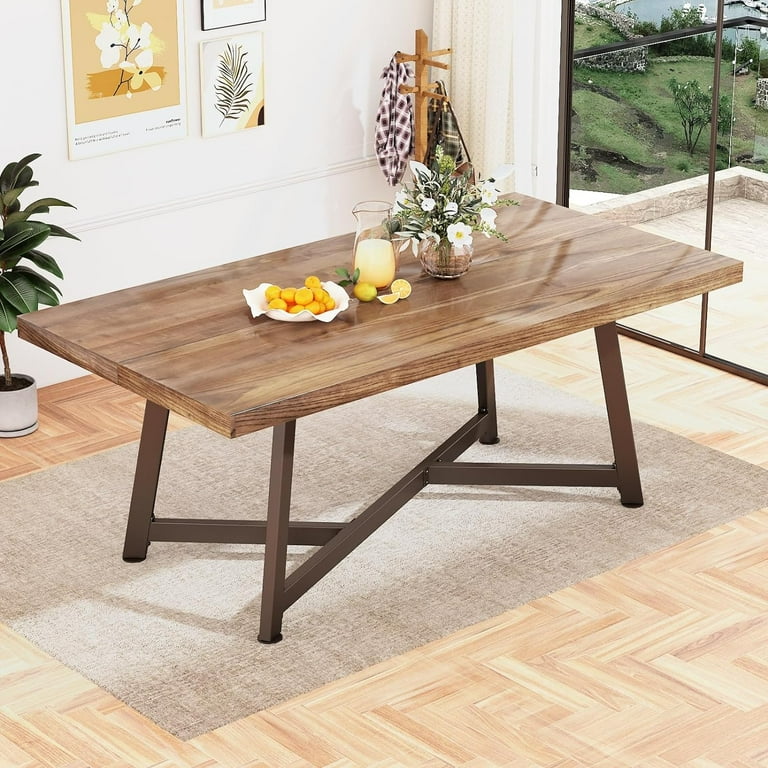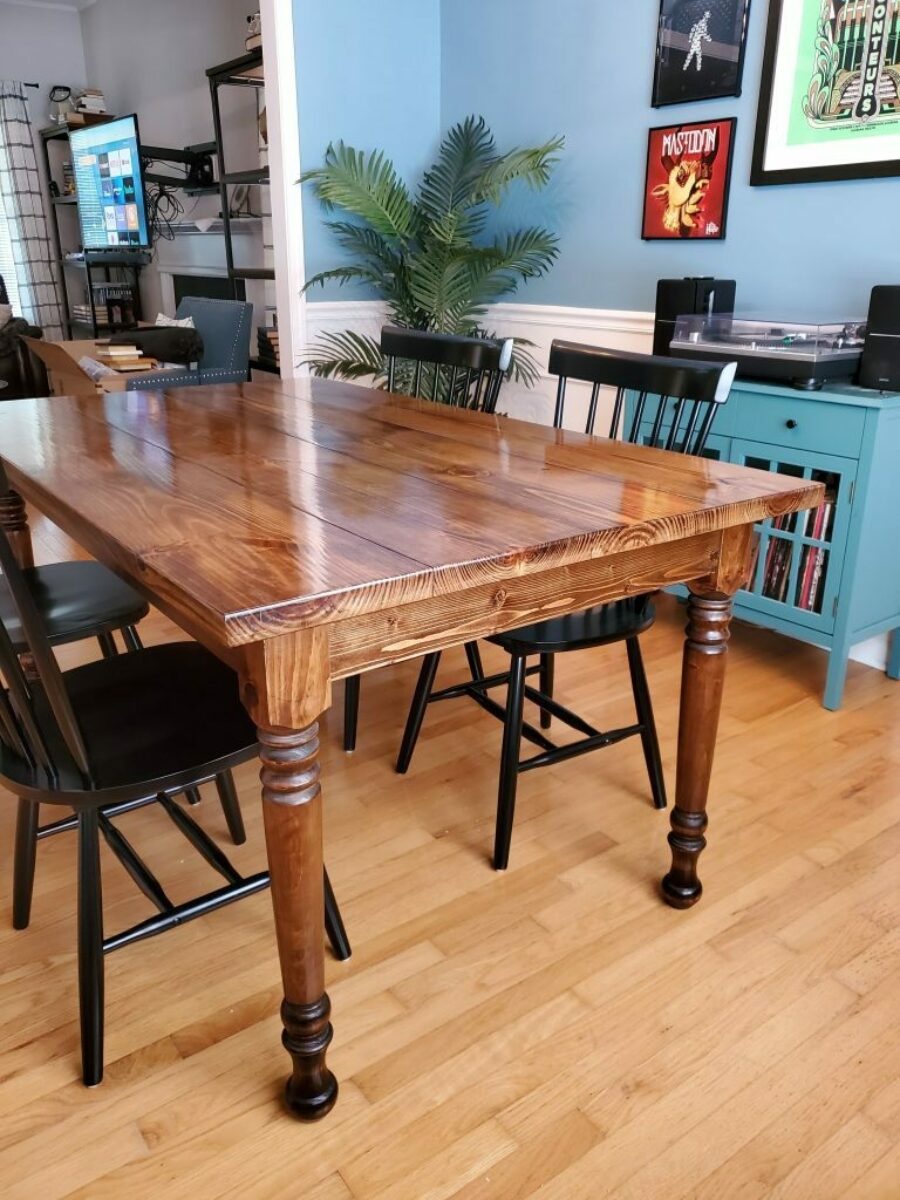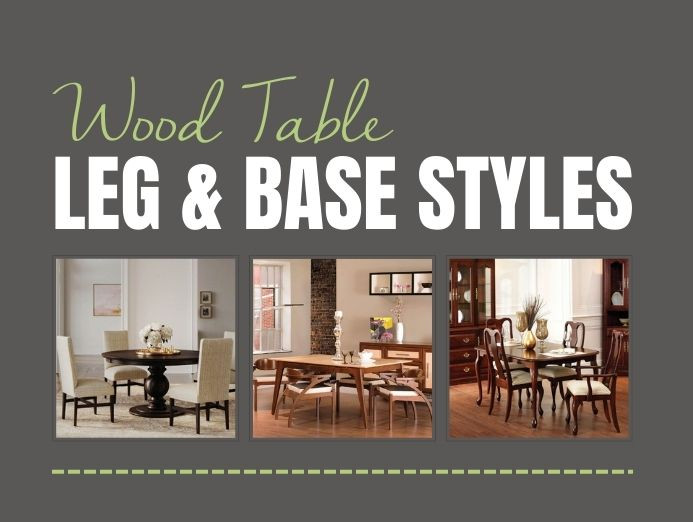How to Choose the Perfect Dining Room Table Legs for Your Home
How to Choose the Perfect Dining Room Table Legs for Your Home
Blog Article
Professional Tips for Putting Up Eating Room Table Legs for Maximum Stability
When it comes to setting up eating area table legs, accomplishing optimum security is paramount for both capability and appearances. The process begins with picking the ideal materials and equipment, followed by thorough alignment and consideration of weight circulation. Each step plays a crucial role in making sure that the completed product holds up against daily use without jeopardizing safety and security or style stability. Comprehending the subtleties of these elements can dramatically affect the general result. What specific techniques can enhance stability even better?
Pick the Right Legs
When picking the ideal legs for your dining-room table, it is necessary to think about both capability and aesthetics. The legs you pick will substantially impact the general layout and stability of the table. Initially, examine the table's intended usage; if you anticipate frequent events, tougher legs, such as those made from solid timber or metal, might be better, as they provide enhanced durability and assistance.
Following, consider the height and design of the legs in regard to the table top. Standard dining tables commonly range from 28 to 30 inches in elevation, so guarantee the legs align with this requirement for comfort. The design of the legs ought to enhance the design of the tabletop-- whether it be modern, rustic, or standard. Conical legs can add a contemporary touch, while turned legs may share an extra classic visual.

Select Appropriate Hardware
Just how can the ideal hardware boost the stability and long life of your dining-room table? The choice of ideal hardware is essential to making sure that the legs of your table are firmly attached and able to endure normal usage. Top notch screws, bolts, and brackets supply the required stamina to support the weight of the table, in addition to any type of added loads put upon it during dishes or celebrations.
When picking screws, go with those made from sturdy products such as stainless steel or brass, which resist rust and preserve integrity with time. The length of the screws is equally important; they ought to permeate deeply into the table's framework without endangering stability. For bolted connections, take into consideration utilizing lock washing machines to avoid loosening up because of resonance or movement.
Additionally, making use of corner brackets can add additional assistance, particularly for larger tables or those with heavier tops. These brackets distribute weight equally and help maintain the table's form. Making sure that the equipment you choose is appropriate for the details products of your table will certainly further boost its overall security and durability, enabling you to enjoy your dining experience for many years ahead.
Ensure Correct Alignment
Proper positioning of dining-room table legs is crucial for both aesthetic charm and useful security. Misaligned legs can cause an unequal table top, which may not only be visually uninviting however also compromise the table's functionality. To attain ideal why not try this out positioning, begin by gauging the range from the table's corners to the leg add-on factors. This makes sure that each leg is positioned equidistant from the edges, developing a balanced appearance.
Make use of a level during installment to verify that each leg is vertical to the tabletop. This action is essential, as even small inconsistencies can intensify into substantial security concerns over time. It is suggested to note the desired leg settings on the bottom of the table with a pencil or covering up tape prior to securing them. This practice offers as an aesthetic overview, enabling adjustments as required.
In addition, confirm the placement after the preliminary screws are tightened, as adjustments might be necessary prior to completely protecting the equipment. By focusing on appropriate placement, you not only boost the table's total layout however additionally guarantee that it continues to be practical and stable for years to come.

Consider Weight Distribution
After guaranteeing correct alignment of the eating space table legs, it is very important to consider weight circulation to enhance security and functionality. dining room table legs. Appropriate weight distribution is important in preventing guaranteeing and tottering that the table can sustain its intended lots without risk of tipping or collapsing
When placing the legs, ensure they are put at equivalent ranges from the facility of the table to uniformly disperse the weight throughout the structure. Think about the weight of the table top and any products that will regularly rest on it, such as attractive pieces or tabletop appliances. Tables with heavier surface areas ought to preferably have legs located closer to the corners, as this maximizes the base of assistance and decreases the danger of instability.
Furthermore, if the table is planned for usage in a high-traffic area, consider utilizing heavier materials for the legs or including supporting elements, such as cross-bracing or a reduced rack - dining room table legs. These adjustments can aid maintain equilibrium and stop moving during usage. Eventually, a well-considered weight circulation technique will substantially boost the table's total efficiency, guaranteeing it remains a eye-catching and useful centerpiece for your dining room
Test Security Prior To Usage
Checking the stability of the dining area table prior to usage find out here now is a vital action that must not be overlooked. If the table shows instability, identify the legs or joints that may call for change.
Next, check that all fasteners and screws are tightened correctly. Loosened connections can result in instability and possible damages with time. If essential, utilize wood glue on joints to improve stability, making certain to allow adequate drying out time.

Final Thought
To conclude, the installation of eating room table legs needs mindful helpful hints consideration of products, hardware, positioning, and weight distribution to accomplish optimum security. By choosing tough legs and high-grade fasteners, ensuring exact positioning, and dispersing weight evenly, the structural stability of the table can be significantly enhanced. Carrying out a stability examination prior to routine use better makes sure that the table will endure day-to-day pressures, thus offering a trustworthy and risk-free dining experience.
When it comes to mounting dining area table legs, accomplishing maximum stability is extremely important for both performance and aesthetics. The legs you choose will substantially influence the total layout and stability of the table (dining room table legs). Conventional dining tables typically range from 28 to 30 inches in elevation, so guarantee the legs line up with this requirement for comfort.Correct alignment of eating area table legs is essential for both visual allure and useful security.In final thought, the setup of dining area table legs needs cautious consideration of materials, placement, weight, and hardware circulation to achieve optimum security
Report this page